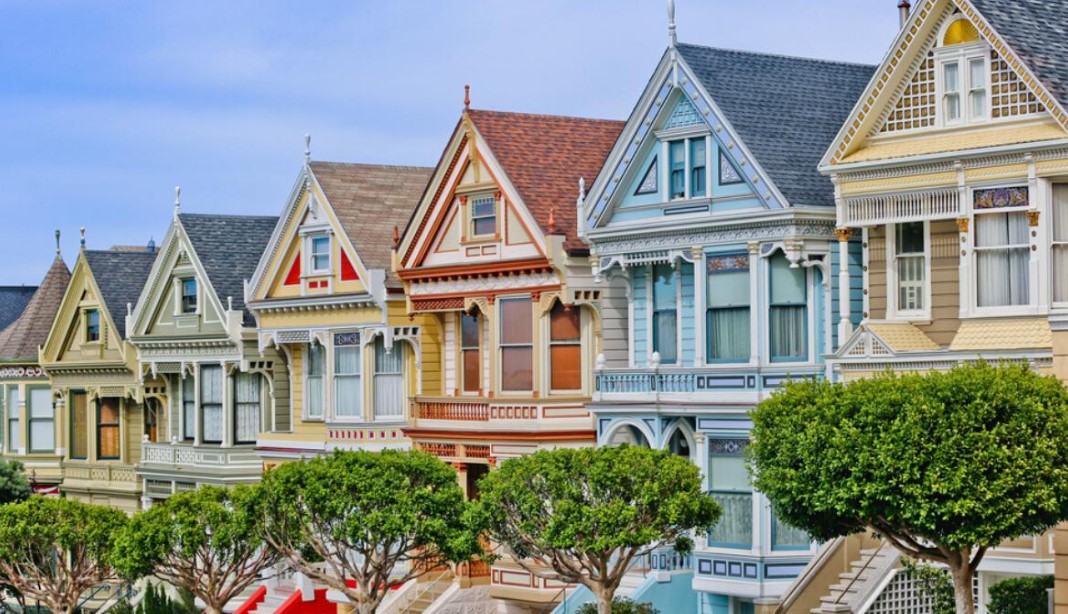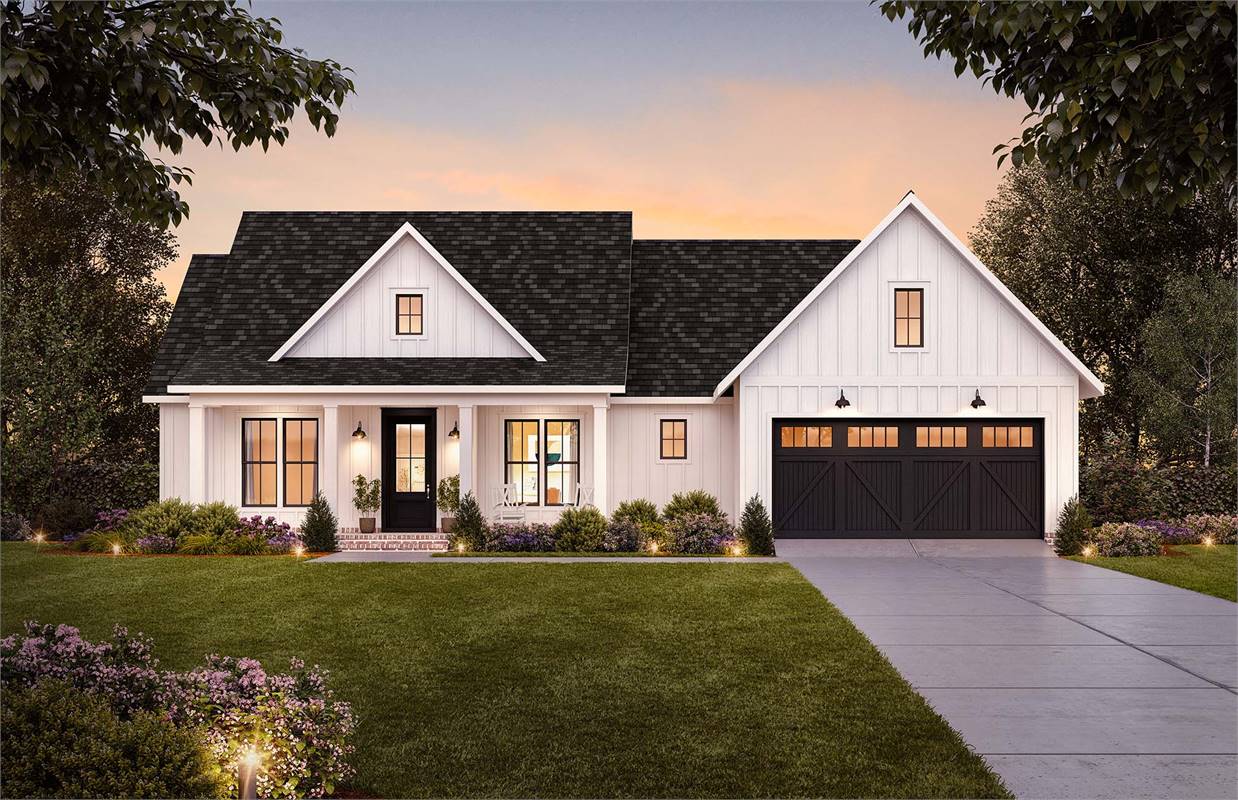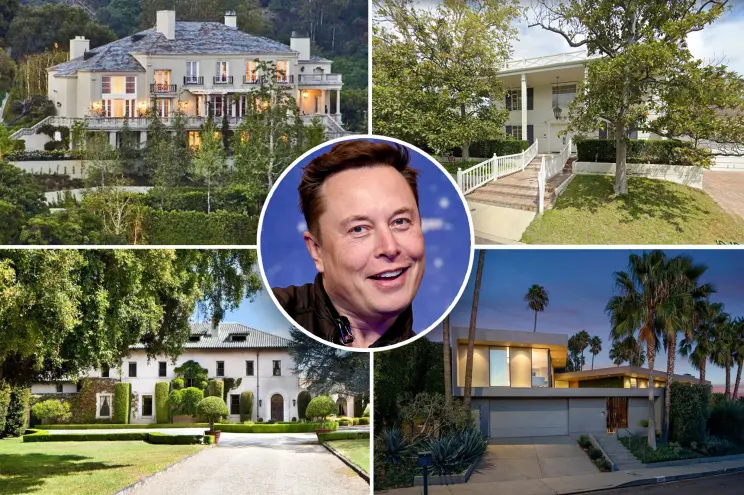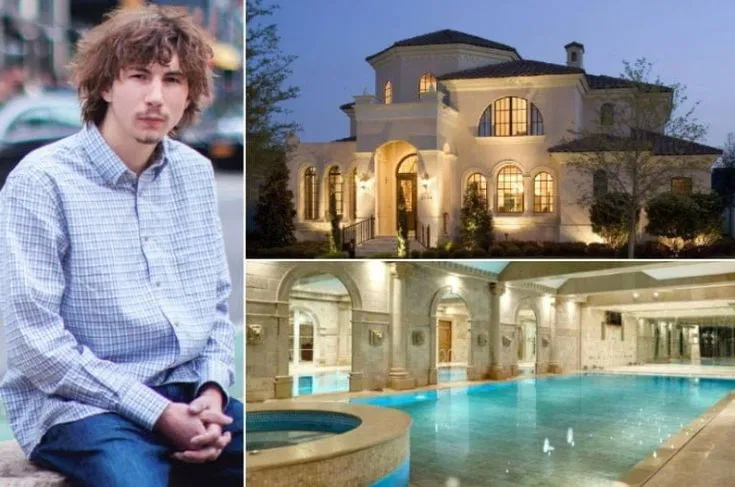Contents
A raw house is a unique architectural concept that celebrates the beauty of unfinished materials and industrial design elements. In these spaces, you’ll often find exposed concrete walls, raw wood finishes, bare brick, and open steel structures. This design style aims to create an environment that feels organic, minimalist, and closer to nature. It’s about embracing the “unfinished” look and using natural textures to enhance the space’s character.
Raw houses are inspired by industrial lofts, warehouses, and rustic homes, blending modern minimalism with an urban edge. They’re perfect for those who appreciate simplicity, authenticity, and a home that tells a story through its visible structure and natural materials.
Why Choose a Raw House?
If you’re drawn to the idea of a home with a minimalist and industrial look, a raw house might be a perfect fit. Raw houses prioritize sustainability by using natural and eco-friendly materials, and they embrace imperfections that lend a space authenticity and charm. Here are a few reasons why people love this style:
- Simplicity and Minimalism: A raw house avoids excessive decoration and focuses on simple forms and open spaces, which can make your home feel both spacious and calm.
- Eco-Friendly Design: Many raw houses incorporate sustainable materials such as reclaimed wood, concrete, and metal. This approach reduces waste and the need for synthetic finishes, resulting in a more environmentally conscious home.
- Timeless Appeal: With exposed structural elements, raw houses don’t follow short-lived trends. The style is timeless, and the use of natural finishes gives the home a classic look that ages gracefully.
- Personalization Potential: The open layout and unfinished look of raw houses allow for a high level of customization. You can choose to leave certain areas exposed or add touches that reflect your personality, creating a truly unique home.
Key Features of a Raw House
Raw houses incorporate specific design elements that set them apart from conventional homes. Let’s explore some of the defining characteristics:
1. Exposed Concrete Walls and Floors
One of the most defining traits of a raw house is the exposed concrete walls and flooring. Concrete offers a rugged, textured appearance that exudes strength and stability. This material is not only aesthetically appealing but also incredibly durable. Concrete floors, especially when left unpolished, add a raw, industrial feel to the space, creating a blank canvas for other elements.
2. Bare Brick Walls
Another popular feature in raw houses is bare brick walls, which add warmth and an urban charm. The rough texture and earthy tones of brick bring a sense of coziness while maintaining the industrial look. It’s a great way to add character to the home without relying on paint or wallpaper.
3. Exposed Pipes and Beams
Raw houses often showcase the building’s structural elements. Exposed metal pipes, steel beams, and visible wiring contribute to the industrial aesthetic. Instead of hiding these elements, they’re celebrated, giving the home an honest, unrefined look. This design choice enhances the sense of transparency and openness.
4. Natural Wood Finishes
Raw wood adds warmth and organic beauty to a raw house. Using unpolished or lightly treated wood for flooring, cabinetry, and furniture pieces can create a pleasant contrast to the cold look of concrete and metal. Raw wood also brings a rustic touch, making the space feel more inviting.
5. Large Open Spaces
A typical raw house layout is open-concept, with fewer walls dividing different areas. This open layout allows for flexibility in furniture placement and creates a spacious, airy feel. It’s perfect for those who prefer an unobstructed flow throughout their living space.
6. Eco-Friendly, Sustainable Materials
With growing awareness around sustainability, many people who opt for a raw house design prioritize eco-friendly materials. Reclaimed wood, recycled metal, and other sustainable materials are often incorporated into these homes, reducing the environmental footprint. This choice aligns well with the raw house’s natural, unrefined aesthetic.
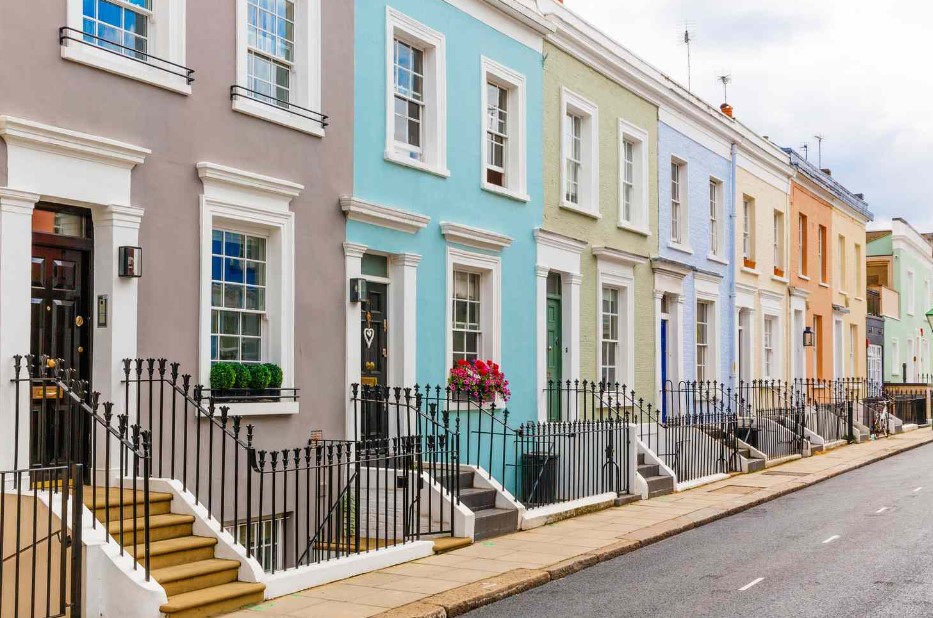
Decorating a Raw House: Tips and Ideas
Decorating a raw house can be both exciting and challenging. The goal is to enhance the home’s natural textures without overwhelming its minimalist style. Here are some ideas to get started:
1. Use Textured Fabrics
To soften the industrial look, add textured fabrics like linen, wool, and cotton. These materials bring warmth and comfort without taking away from the raw aesthetic. You might consider large, neutral-colored area rugs, cozy throws, and fabric-covered cushions to create a comfortable, inviting space.
2. Add Vintage Industrial Furniture
Vintage or reclaimed furniture fits perfectly in a raw house. Look for industrial-style furniture made from metal and wood, such as steel-framed tables, leather chairs, and reclaimed wood cabinets. These pieces will complement the unfinished look while adding a touch of elegance.
3. Incorporate Natural Greenery
Plants are a wonderful way to add life and color to a raw house. Indoor plants contrast beautifully with the raw materials, bringing in a splash of green that softens the industrial look. Consider large leafy plants, hanging planters, or a collection of succulents for low-maintenance options.
4. Install Industrial Lighting
Lighting plays a big role in setting the mood in a raw house. Industrial-style lighting—like exposed bulbs, metal fixtures, and pendant lights—can emphasize the warehouse aesthetic while providing warm, inviting light. Use a mix of overhead and floor lamps to create varied lighting layers.
5. Keep It Minimal
When decorating a raw house, less is more. Stick to essential furniture and avoid clutter to maintain the open, spacious feel. Focus on a few statement pieces rather than filling the room with decorations. A raw house is all about letting the building’s natural elements shine.
Frequently Asked Questions (FAQs)
Are raw houses energy-efficient?
Yes, raw houses often incorporate sustainable materials and design elements that can improve energy efficiency. Concrete walls, for example, provide good insulation, and open spaces reduce the need for artificial lighting during the day.
Do raw houses require a lot of maintenance?
Not necessarily. While raw materials like exposed concrete and metal are durable, they may require occasional cleaning to prevent dust accumulation. Wood elements might need periodic treatment to preserve their natural look, but overall, maintenance is minimal.
Are raw houses safe for families?
Raw houses can be family-friendly with proper planning. Elements like exposed concrete and metal are stable and sturdy, and open spaces are flexible for different uses. Adding rugs and soft furniture can make the environment cozier for families.
How much does it cost to build a raw house?
Costs vary depending on location, materials, and customizations. In general, a raw house can be more affordable than a traditionally finished home, as it avoids costly finishes and materials. However, high-quality materials like reclaimed wood and industrial lighting can add to the budget.
Can I convert my existing home into a raw house?
Yes, many homeowners transform their spaces by exposing existing brick walls, adding concrete finishes, and incorporating industrial-style decor. A renovation like this may require professional help, but it’s possible to achieve the raw house look in an existing structure.
You May Also Read:

